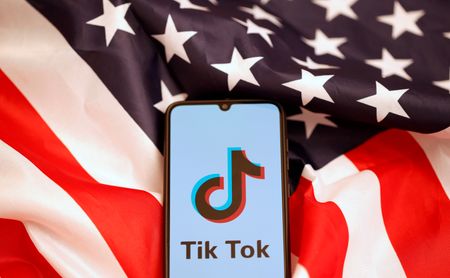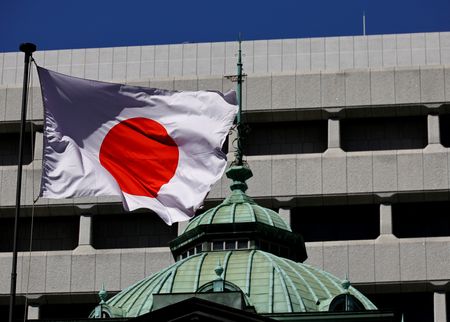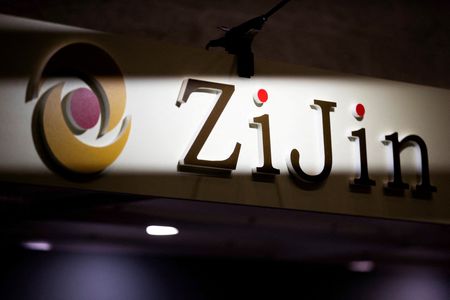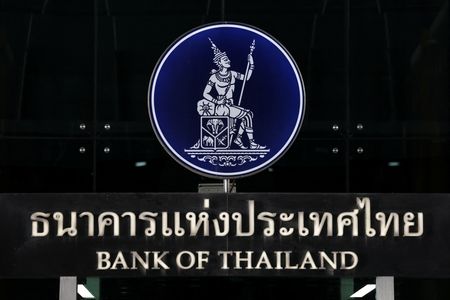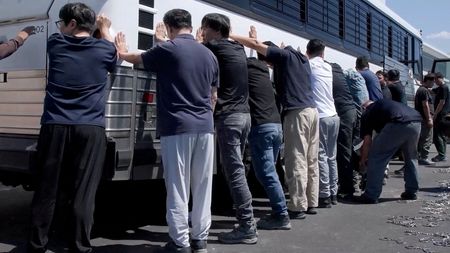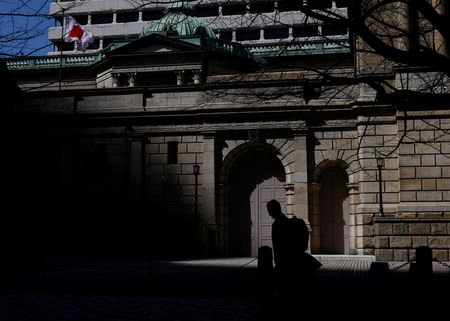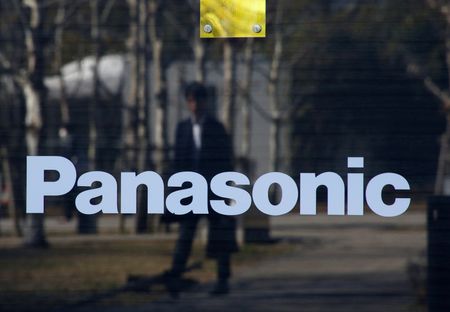By Trevor Hunnicutt
WASHINGTON (Reuters) -President Donald Trump and Chinese President Xi Jinping will seek an agreement on Friday to help keep the video app TikTok online in the U.S. and ease tensions between two superpowers locked in a standoff over trade.
The agreement is at the top of the agenda alongside trade for the leaders’ first known call in three months, expected on Friday morning, U.S. officials said.
China has not confirmed plans for the call.
Trump and Xi’s effort to steady relations comes as the two governments have been discussing a potential in-person summit between Xi and Trump during the Asia-Pacific Economic Cooperation (APEC) summit in South Korea on October 30-November 1, Reuters has reported.
Beijing’s sign-off is one of the hurdles Trump needed to clear to keep TikTok open. Congress had ordered the app shut down for U.S. users by January 2025 if its U.S. assets weren’t sold by Chinese owner ByteDance.
Trump has declined to enforce the law while his administration looks for a new owner, but also because he worries a ban on the app would anger TikTok’s huge user base and disrupt political communications.
“I like TikTok; it helped get me elected,” Trump said during a press conference on Thursday. “TikTok has tremendous value. The United States has that value in its hand because we’re the ones that have to approve it.”
Key questions about the deal remain. It’s not clear the precise ownership structure of the company, how much control China will retain or whether Congress will approve.
The deal would transfer TikTok’s U.S. assets to U.S. owners from ByteDance, Reuters has reported. Sources familiar with the deal said U.S. TikTok would still make use of ByteDance’s algorithm.
That arrangement worries lawmakers concerned that Beijing could spy on Americans or conduct influence operations through the app. China has said there is no evidence of a national security threat posed by the app.
ICY RELATIONS
Trump has positioned his foreign policy approach as one of peace-seeking and deal-making. Relations remain icy between the world’s two biggest economies.
“We’re pretty close to a deal,” Trump said on Thursday, in an apparent reference to larger trade talks. “We may do an extension with China, but it’s an extension based on the same terms that we have right now, which are pretty good terms.”
Other key issues include competition between both sides on semiconductors and other advanced technologies. The U.S. wants more Chinese purchases of U.S.-harvested soybeans and Boeing airplanes.
The U.S. is also demanding that China crack down on the export of fentanyl-related chemicals, a major cause of U.S. overdose deaths. Beijing has accused Washington of distorting the issue.
Recent data point to slowing economies in both China and the United States.
Since retaking office in January, Trump sharply hiked tariffs across the board and singled out China’s export-oriented economy with especially punitive rates. That prompted China to respond in kind. Tariff rates on both sides of the Pacific rose to triple-digit percentages in April.
A succession of limited agreements since May paused the tit-for-tat tariff war between the countries.
They also set aside issues that led to China choking off rare-earth magnets that Washington needs to make high-tech gadgets. Trump had blocked Beijing’s access to semiconductor design software, jet engines and some chemicals.
“China’s effective use of sticks (rare earths) and carrots (TikTok) has turned things heavily in their favor,” said Scott Kennedy, head of the Chinese Business and Economics program at the Center for Strategic and International Studies, a think tank.
Tariffs, a tax on U.S. importers, have been a key plank of Trump’s economic policy. He’s raised them to the highest levels in nearly a century.
The Republican has portrayed tariffs as an elixir that can recoup lost manufacturing jobs, cut chronic federal government deficits, correct perceived trade imbalances and bend foreign countries to Washington’s will.
Despite the tariffs, China remains the U.S.’ third-largest trading partner and the source of its largest bilateral trade deficit in goods.
Trump has threatened but so far withheld punitive tariffs against Chinese exports related to the country’s purchases of Russian oil.
At the same time, regional worries are multiplying over Taiwan and the South China Sea, risky flashpoints that struggle to command as much attention in Washington as the Russia-Ukraine and Gaza wars.
“Heads-of-state diplomacy plays an irreplaceable role in providing strategic guidance for China-U.S. relations,” said Liu Pengyu, spokesperson for the Chinese embassy in Washington.
In an early sign of goodwill prior to the call, China permitted the departure of Wells Fargo banker Chenyue Mao, who had been prevented from returning to the United States for several months.
(Reporting by Trevor Hunnicutt; Additional reporting by David Brunnstrom; Editing by Alistair Bell)

